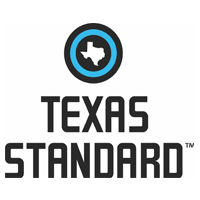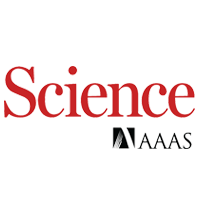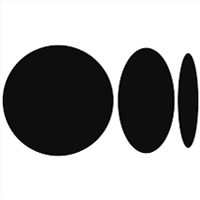Media Watch
What Engineers and Entomologists Can Learn from Ironclad Beetles
Pest Control Technology -
Last year, Purdue and University of California, Irvine, researchers used state-of-the-art microscopy and other advanced and experimental computational techniques to determine why these beetle species are so tough. Their hope is this knowledge will enable the development of super strong materials. The journal Nature published their findings. The scientists found that the elytra, which protect the back half of the beetle, come together at a suture along the abdomen and fit together like a jigsaw puzzle, allowing the layers to flex and distribute force evenly throughout the body. Read More
'Hottest Place On Earth' Has Been Hit By Heatwave
LAD Bible -
Researchers from the University of California, Irvine, found that surface temperatures were actually much higher in Iran's Lut Desert and the North American Sonoran Desert, which straddles the US-Mexican border, covering large parts of Arizona, California, and North-Western Mexico. ... Lead author Yunxia Zhao [graduate student, civil & environmental engineering], of the University of California, Irvine, said it is unclear whether or not climate change is driving up surface temperatures. Read More
Climate Change, Corporate Development Threaten Groundwater Wells In Texas And Across US
Texas Standard -
Amir AghaKouchak is an engineering professor at University of California Irvine. He studies the extremes of climate change. “Model projections of the future show that we may see events that you have never experienced, at least in our modern records,” he said. That includes the potential for record-breaking drought in some areas. Read More
Climate Change, Corporate Development Threaten Groundwater Wells In Texas And Across US
Texas Public Radio -
Amir AghaKouchak is an engineering professor at University of California Irvine. He studies the extremes of climate change. “Model projections of the future show that we may see events that you have never experienced, at least in our modern records,” he said. That includes the potential for record-breaking drought in some areas. Read More
New approach to rewriting bacteria’s genetic code could lead to novel medicines
Science -
Now, researchers have opened the floodgates to doing much more. They report today that a broad rewrite of a bacterium’s genome lets them add numerous novel amino acids to one protein. The work could open new ways to synthesize antibiotics and antitumor drugs. “I am very impressed by this paper,” says Chang Liu, [biomedical engineering associate professor] at the University of California, Irvine. “It’s a significant milestone in the arc of genetic code re-engineering.” Read More
Warning: Wildfires might make you itch
Science News for Students -
Since 2000, California’s wildfire season has gotten longer. It peaks earlier, too. Those findings come from graduate student Shu Li and environmental engineer [and assistant professor] Tirtha Banerjee. They’re at the University of California, Irvine. They shared their work in Scientific Reports on April 22. Read More
Fossil fuel use leads to worse and longer droughts
Climate News Network -
Greenhouse gas emissions and other atmospheric pollution from human causes tend to increase the frequency of drought, the intensity of drought and the maximum duration of drought worldwide. “There has always been natural variability in drought events around the world, but our research shows the clear human influence on drying, specifically from anthropogenic aerosols, carbon dioxide and other greenhouse gases,” said Felicia Chiang, of the University of California Irvine, and now at Nasa’s Goddard Institute for Space Studies in New York. Read More
How Anthropogenic Drought Plays Out
Eos – Earth and Space Science News -
Amir AghaKouchak, UCI civil & engineering professor writes, “We believe that understanding drought as a multi-dimensional, multi-scale phenomenon characterized by compounding processes that involves feedbacks between human and nature, provides new insights that will be useful for planning and management of water resource systems.” Read More
Epic Women in Cyber — Saltanat Mashirova
Medium -
Saltanat Mashirova is a Cyber Security Consultant at Honeywell (Industrial IT and Cybersecurity Engineer/Architect). She is focused in Control systems, Network engineering and Cyber Security in various fields of Oil, Gas, and Energy Industries. She was awarded a Presidential Scholarship in Kazakhstan to study at University of California, Irvine. She has graduated UC Irvine with a Master’s Degree focused in Networked Systems. Read More
Summer forecast calls for intensifying drought across American West
ABC News -
In a new study published in Nature Communications, researchers at the University of California, Irvine, claim that greenhouse gas emissions and aerosol pollution are directly tied to increases in the frequency and severity of droughts. "There has always been natural variability in drought events around the world, but our research shows the clear human influence on drying, specifically from anthropogenic aerosols, carbon dioxide and other greenhouse gases," the study's lead author Felicia Chian said in a press release earlier this week. The study's co-author, Omid Mazdiyasni, added: "To make matters worse, droughts can be accompanied by heat waves, and high heat and low moisture can increase wildfire risk, which is already significant in the western United States." Read More










